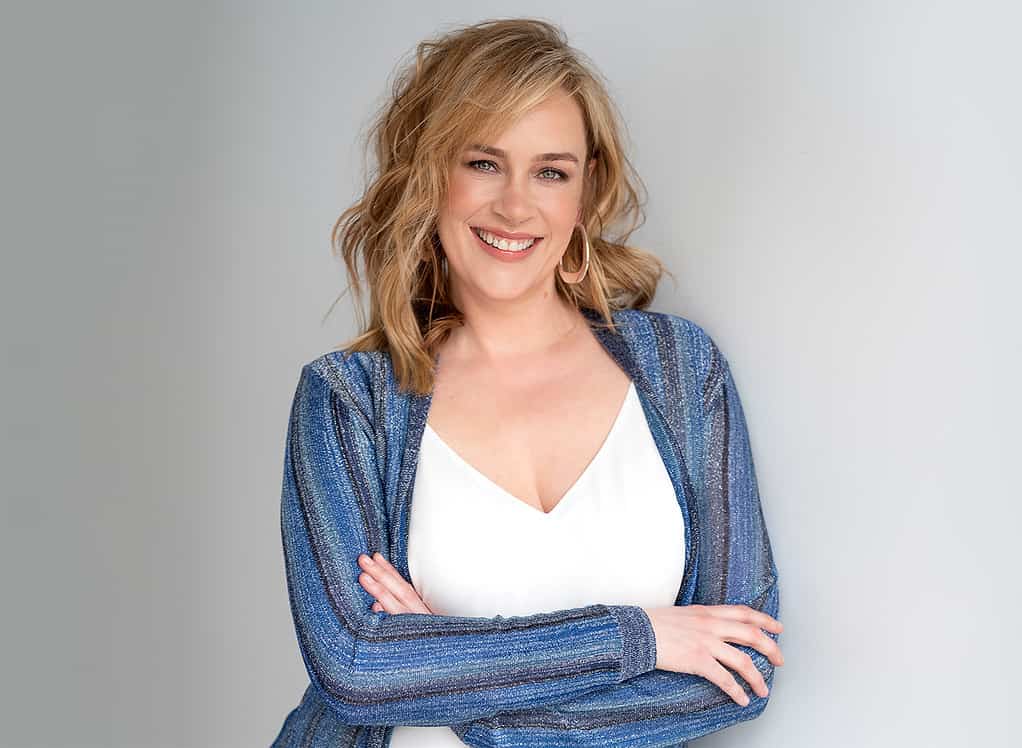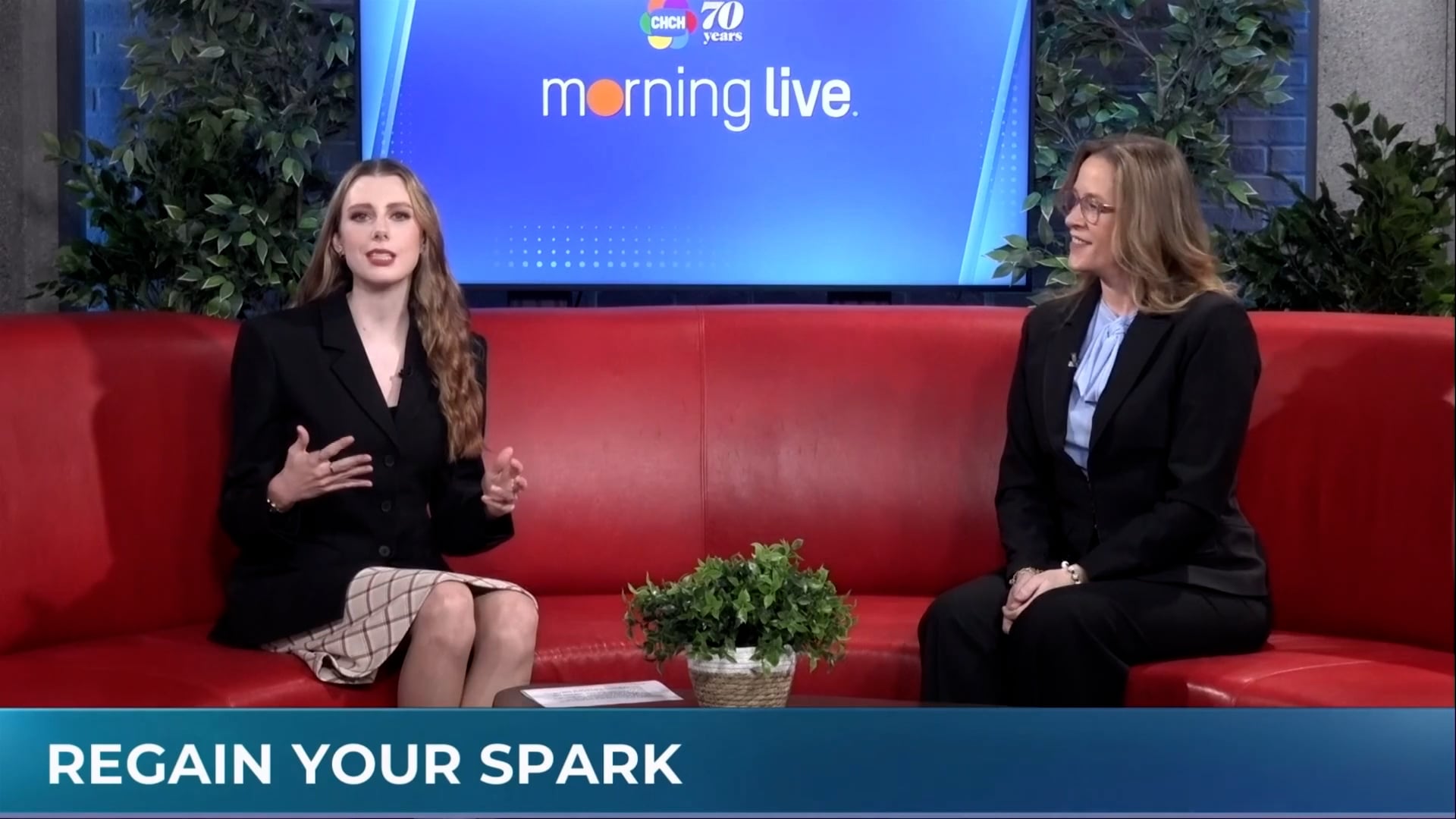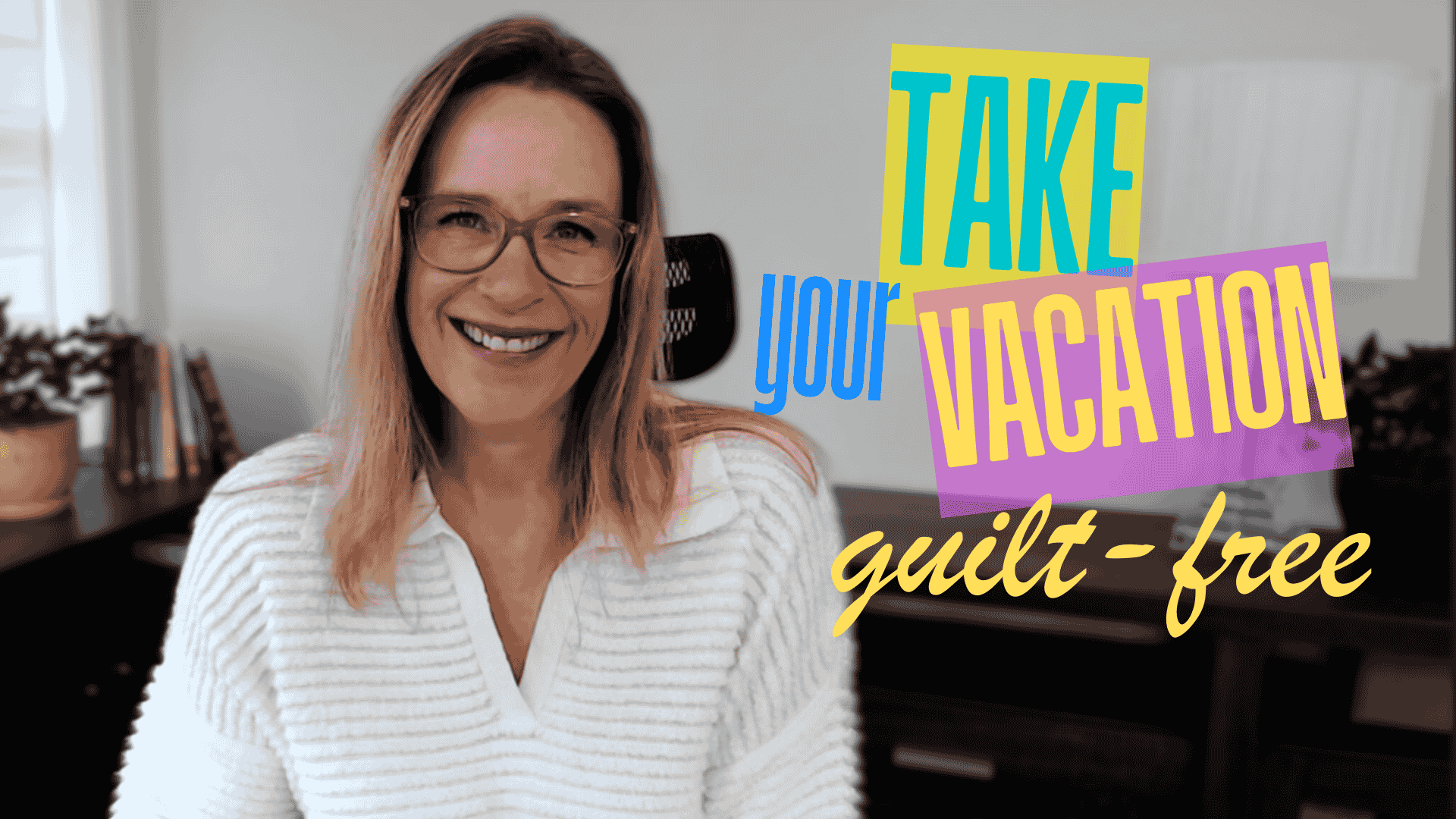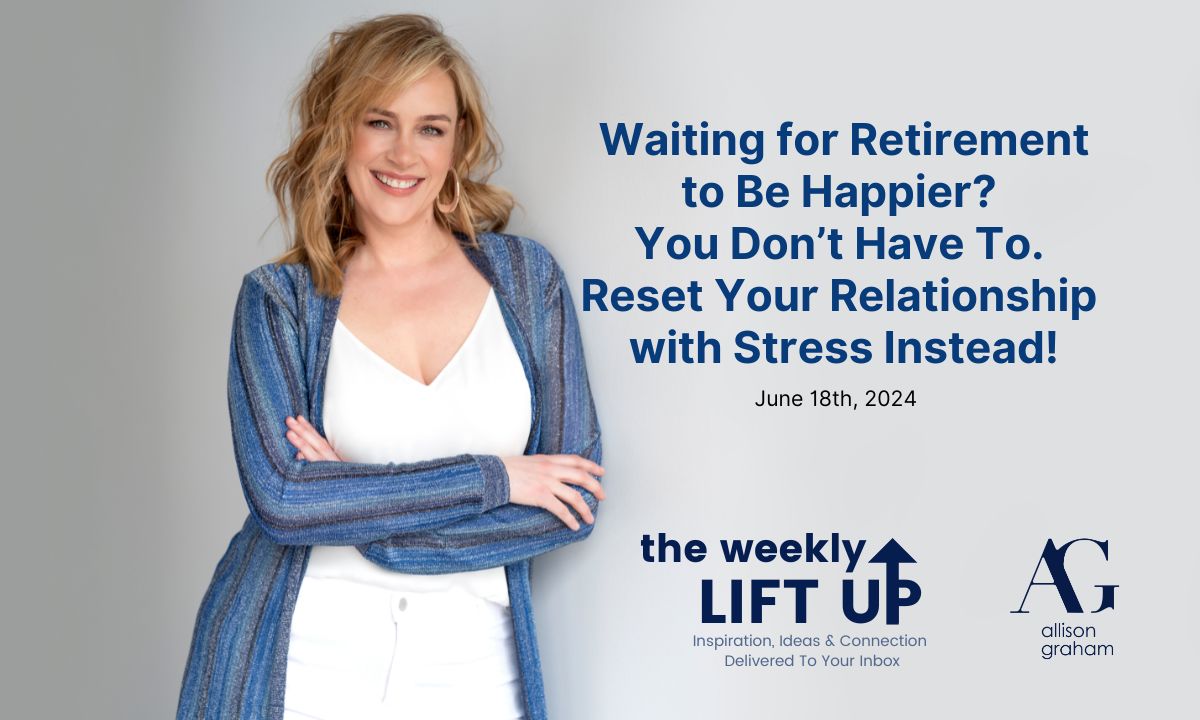“Allison, I need space. Space to think; to remember who I am away from the grind. Space to stop feeling so stressed.”
It wasn’t the first time a coaching client described their situation to me like this, but there was a desperation in his eyes. I knew he was done; officially burned out. Even though he loved his work, he wasn’t happy and wasn’t willing to keep living his life in the same ‘stressful’ way he had for the last two decades.
Like my client, many leaders reach a point when they feel so stressed that they say, “ENOUGH. This isn’t what I want for my life.” Perhaps you can relate.
This sentiment reveals what I believe needs to be the most critical trend in leadership and human resources: Personal Capacity Design. Here’s why: It’s easy to blame burnout and living with angst on stress, but stress is not the problem; capacity is.
Personal capacity references the emotional, mental, physical, energetic, and spiritual resources available to you. Every 24 hours you start fresh with a certain amount of bandwidth to do, think, feel and be. How you divide those finite resources among all the activities, responsibilities, relationships, and general human needs of your day is what I call your Capacity Equation.
Stress is typically blamed for a misaligned capacity equation because, when left unchecked, stress steals a significant proportion of available resources. The drain is obvious. When we dive deeper to unpack stress, what causes it, and how it relates to overall capacity it becomes clear that regulating stress levels is only part of the larger equation.
Personal Capacity Design matters regardless of your stress levels being high, low, or in-flow.
Fixing your relationship with stress will alleviate some pressure, but it won’t completely align your capacity equation. To stop burnout and create time, mental, and emotional freedom then personal capacity needs to be at the forefront of the conversation, not stress.
Aligning your capacity equation requires intentional awareness and tools to strategically redesign how you invest your resources to do, think, feel, and be. Here are some ideas to consider as you align your capacity equation so that you can feel less stressed this year:
Stop expecting circumstances and people to change
No one else can fix your misaligned Capacity Equation. Not your employees, your boss, the system, family members, or your colleagues. Personal Capacity Design is 100% an inside job. Yes, there are difficult circumstances and challenging people swirling around you – that’s life. It can be frustrating, even gut-wrenching to navigate. Even so, waiting for others to change will leave you stressed for longer than you want and need to be.
Personal Capacity Design is not the same as time and task management
Professionals know how to check items off a to-do list – Personal Capacity Design gives you bandwidth to do more priority tasks.
Most professionals are masters at checking tasks off their to-do lists and juggling their many balls of responsibility. Even so, many of them are still highly stressed and on the brink of burnout. Time and task management rely on the calculation of task-to-time ratio. If a task takes 15 minutes, then 15 minutes is what you need. This sounds reasonable, but life is messier than that. We never just do something. Personal Capacity Design needs to account for the thoughts, feelings, and overall essence that are wrapped around our doing. The secret to creating space is to shrink the amount of capacity that each issue takes from your equation.
Personal Capacity Design is not the same as energy management
While I applaud the recent influx of advice on social media that talks about energy management, the personal capacity equation goes beyond energy. It doesn’t matter if you have high, low, or no energy, you are still doing, thinking, feeling and being. These sensations will add to, subtract from, or reinforce your capacity resources.
Personal Capacity Design draws from many self-help modalities
The complex nature of Personal Capacity Design requires not one personal-growth modality, but many. This used to frustrate me. I always looked for the full answer in one system. Finally, I realized that the answer is found by applying the collective wisdom rather than expecting a singular model such as emotional intelligence, mindset, exercise, or mindfulness to be a one-stop shop.
To that end, I created a methodology that pulls from various modalities and added my own insights and frameworks to make these concepts easily accessible for busy professionals. Most of my clients are business owners and leaders from high performing organizations. They want to create space, but they are already at their maximum capacity. They don’t have hundreds of hours to learn various philosophies. That’s why I wrapped my methodology in an easy-to-learn and easy-to-apply critical-thinking checklist.
Typically, this entire system is reserved for my private VIP coaching clients and companies who hire me for my full flagship training program – but that’s about to change. In 2023, I will launch my next book The Illusion of Stress: Create Personal Capacity for What Matters Most and the online group coaching program for individuals: Create Space For What Matters Most. These systematically reveal exactly how you can redesign your capacity equation. To be first in line for both of these when they are released, be sure you’re registered for my weekly email: The Lift Up.
Here’s a sneak peek at my 9 step road map to Personal Capacity Design:

This is the roadmap I use for my flagship training and coaching programs. In my keynote, I generally cover frameworks 1 and 2 and the overarching Problem-Solving Framework.
You can’t delete, delegate, or ignore your way to time, mental, and emotional freedom
To delete, delegate, or ignore tasks is popular productivity advice. It perpetuates the belief that to free capacity you need to do less. I know people who decide to quit their job so that they have less to do and yet, weeks later, claim to be ‘overly stressed’ yet again. You can alleviate some pressure by evaluating what you do and deciding what does not need to be done at all; could be done by someone else; or can be strategically parked until later. This approach will only get you so far in your quest to realign your capacity equation. There are core activities that support the human experience and ultimately your professional success that need your brain, body, and brilliance to come to fruition.
Start here: identify repeating moments of angst.
For the next week, take note of situations where you feel angst. Perhaps you feel overwhelmed, resentful, worried, or anxious. There are likely patterns – such as having to do repetitive housework, interacting with certain colleagues, misplacing items consistently, or caving on boundaries that you set with the best intentions, but failed to uphold. Capture these issues on paper or in a spreadsheet. Then, we can start problem-solving those moments of angst. To increase objectivity and thus, find better solutions, repetitive problems are best solved away from the problem happening. For example, you can’t solve your family’s chaotic morning routine by shouting out solutions amidst the chaos of trying to shuffle everyone out the door.
What works for you may not be the best answer for others.
When you ask for advice, well-meaning friends, colleagues, and even coaches or consultants will tell you to do this or do that. They suggest it because the advice they give mirrors the solution that helped them solve a similar problem. Sometimes advice is just regurgitated clever meme-worthy platitudes that never really worked for them but sounds like it should. i.e. just let it go or only focus on what you can control. Personal Capacity Design is like a fingerprint, unique to each individual.
Don’t jump to solution-first thinking
When solving problems related to the human experience – jumping to solution-first thinking can leave you spinning with solutions that won’t stick.
While this may seem counterintuitive, focusing on finding a solution is not the best first step. Instead, gain clarity on the actual problem(s) you’re solving, and then explore how you’re reacting to the issue(s), and potentially how your habits may be making them harder than they need to be. Without these first two steps, you’re likely to get stuck spinning as you try various solutions that don’t stick.
Don’t underestimate the power of small, simple tweaks.
When you identify a capacity-sucking habit, there isn’t always a one-step answer that will delete the behaviour forever. Instead, choose one small action you can take that will create momentum to lessen the habit’s drain on your capacity. Once that small tweak is solidified, then you can choose the next best tweak, and keep repeating this approach until the undesired behaviour is completely eliminated from your capacity equation.
Your turn – which of these ideas resonates the most for you?










